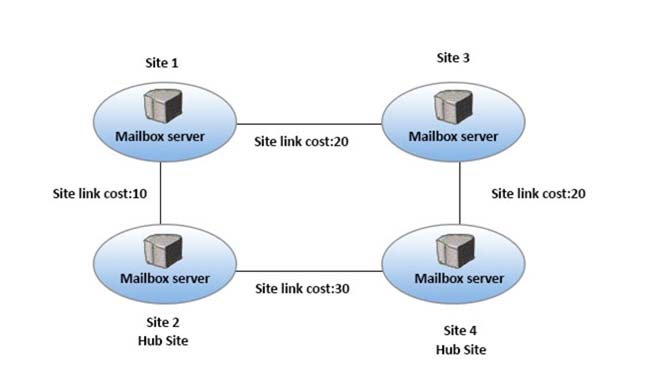

HOTSPOT -
You have an Exchange Server 2016 organization. The Active Directory sites are configured as shown in the following graphic.
Use the drop-down menus to select the answer choice that completes each statement based on the information presented in the graphic.
Hot Area:

RakRocky
4 years, 6 months agopotpal
4 years, 8 months agoExplen
4 years, 7 months agoJSMM
4 years, 5 months agoalexirk
4 years, 5 months agol1f3rl
5 years, 3 months ago